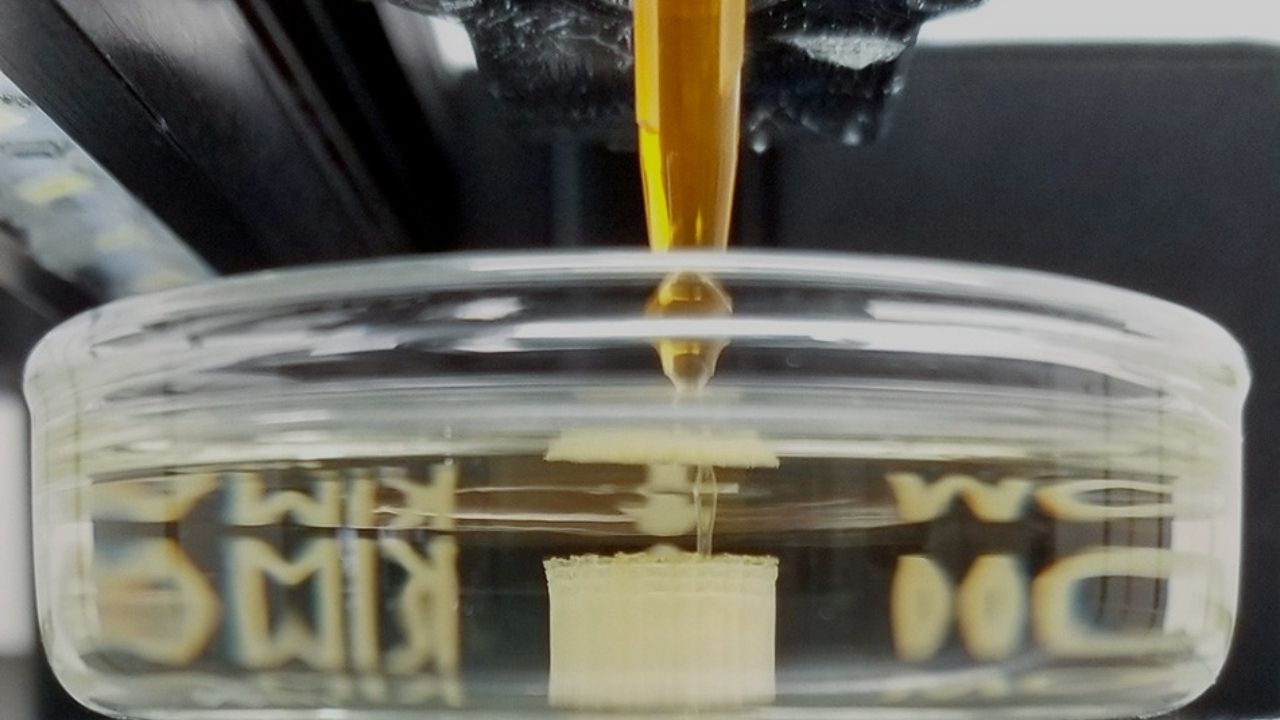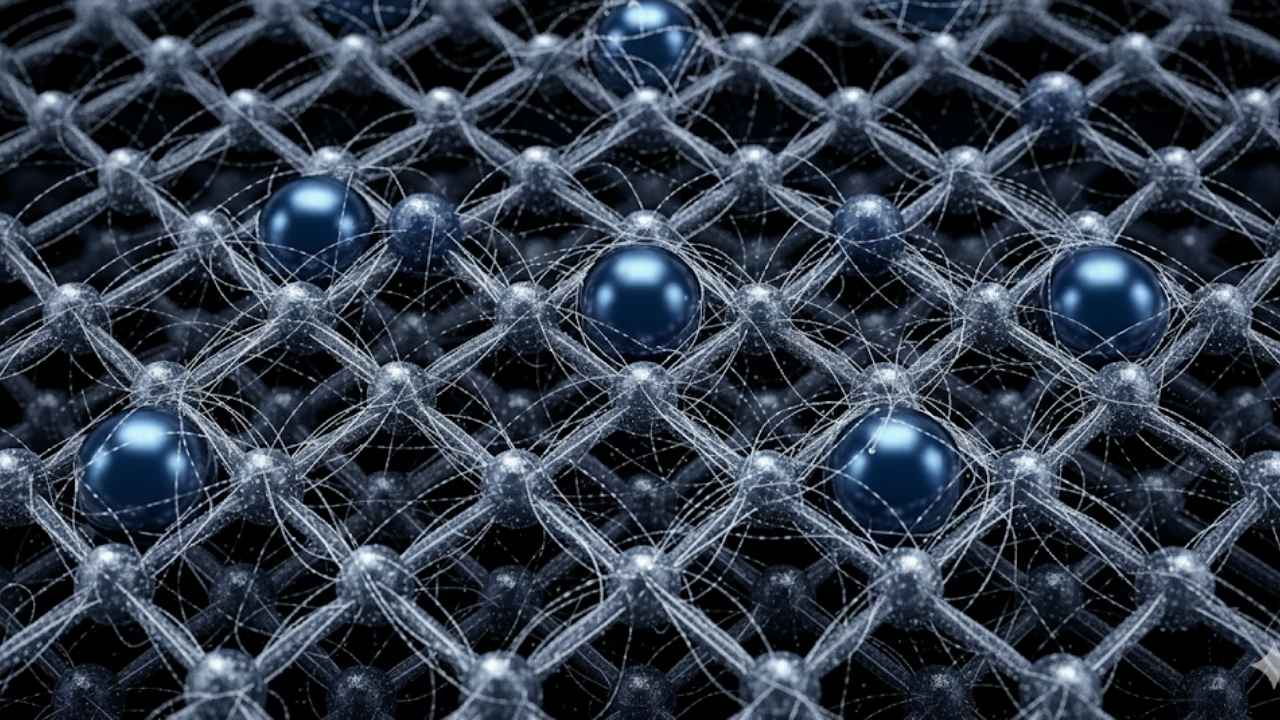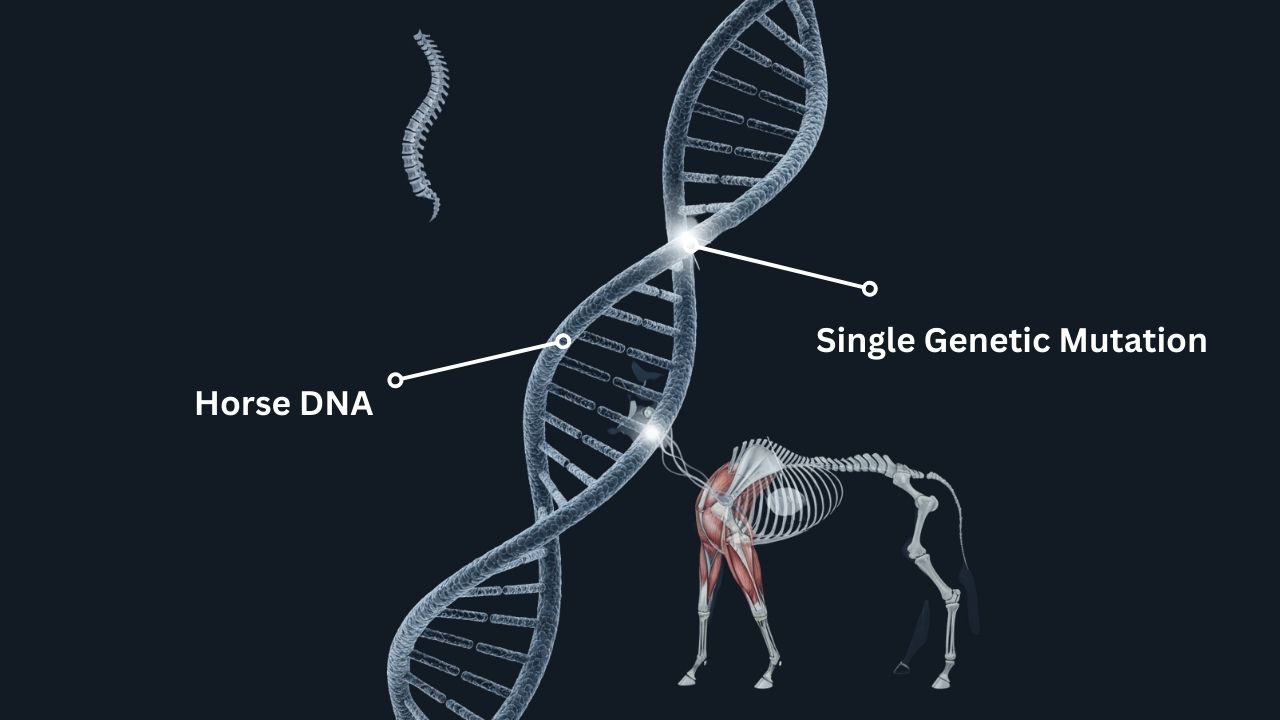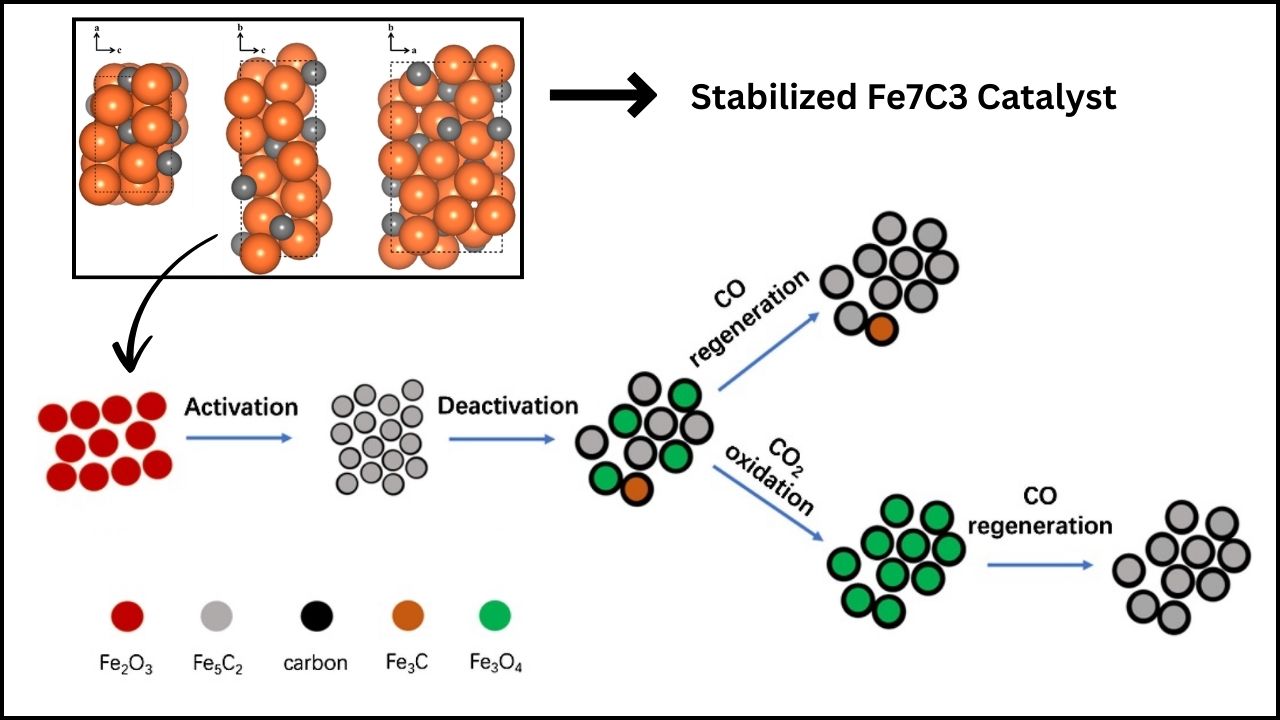Scientists at the University of Chicago have reached a historic milestone by successfully creating the first-ever protein qubit within a living cell. This groundbreaking discovery fuses the worlds of biology and quantum technology, enabling proteins—naturally occurring biological molecules—to serve as quantum bits (qubits), the core building blocks of quantum computing and sensing. This innovation promises to revolutionize our understanding of biological processes and open new frontiers in quantum technology.
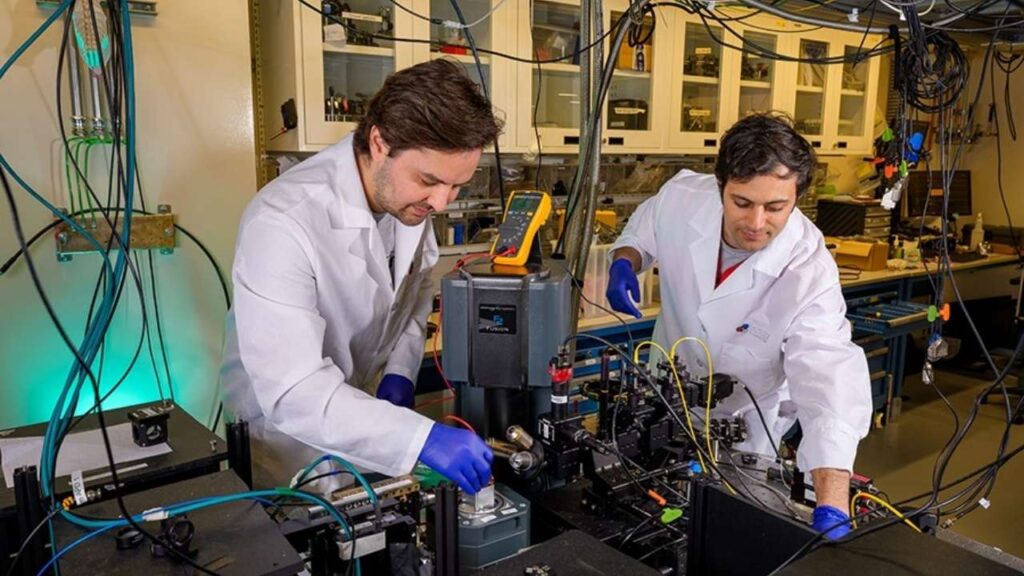
At first, biology and quantum physics appeared as strange bedfellows. Living cells thrive in warm, bustling environments full of noise and motion, while quantum devices traditionally operate in ultra-cold, isolated conditions nearly at absolute zero temperature. But this breakthrough changes the game entirely by demonstrating that quantum effects can be harnessed directly inside living systems, at ordinary temperatures, using nature’s own tools.
Below is a detailed, easy-to-understand guide that unpacks what this breakthrough means, how it was achieved, and why it matters both scientifically and practically.
Scientists Create First-Ever Protein Qubit Inside a Living Cell
| Aspect | Details |
|---|---|
| Research Institution | University of Chicago Pritzker School of Molecular Engineering |
| Publication | Nature (August 2025) |
| Protein Used | Fluorescent protein genetically encoded within cells |
| Quantum Device Created | First protein-based qubit inside living cells |
| Temperature Conditions | Operates at physiological (body-like) temperatures, no cryogenic cooling |
| Quantum Functionality | Quantum sensing – detects minute magnetic/electric changes at nanoscale |
| Potential Applications | Quantum-enabled nanoscale MRI, disease detection, protein folding, quantum biology research |
| Advantages Over Traditional Qubits | Genetic encoding, atomic precision positioning by cells, integration in living systems |
| Future Scope | Expanding quantum biology, quantum sensing in vivo, advanced quantum materials |
| Official Source | University of Chicago Pritzker School of Molecular Engineering |
The creation of the first protein qubit inside a living cell marks a quantum leap in science, blending the intricate machinery of biology with the enigmatic principles of quantum physics. This revolutionary advance paves the way for unprecedented understanding of life at the quantum level, powerful quantum sensors embedded in nature, and new horizons for materials and computing technologies. The work exemplifies the potential of interdisciplinary collaboration and persistence in pushing the boundaries of knowledge.
As this new quantum-biological interface develops, it promises transformative impacts in healthcare, fundamental biology, and quantum engineering, ushering in a bright future where quantum technology is truly alive.
What Is a Qubit and Why Is It Important?
In classical computing, a bit is the smallest unit of information, stored as either 0 or 1. But a quantum bit, or qubit, can represent 0, 1, or both at the same time thanks to quantum phenomena such as superposition and entanglement. This capability lets quantum computers process complex calculations at speeds impossible for conventional computers.
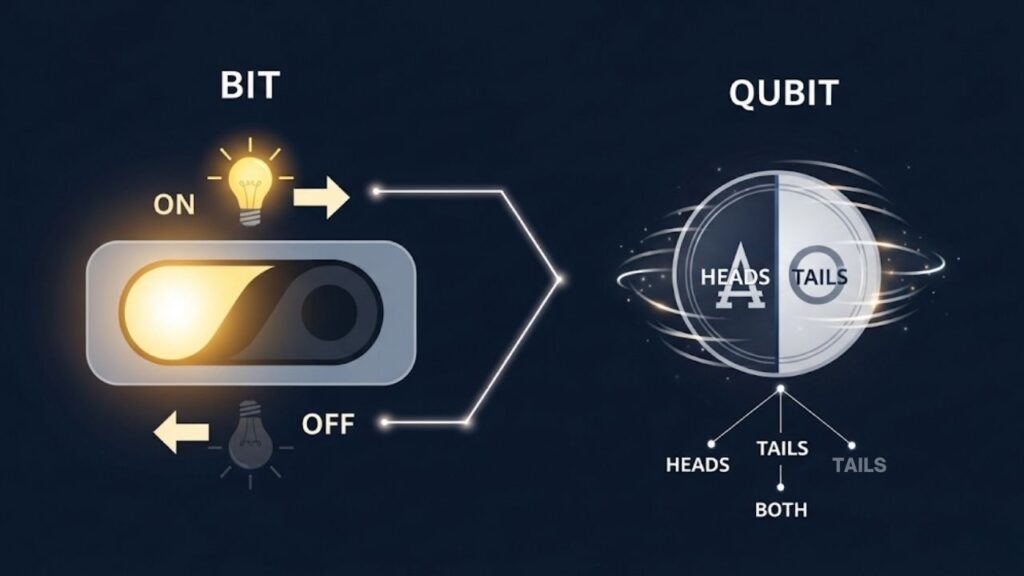
Qubits are central not only to quantum computing but also to ultra-sensitive quantum sensing, capable of detecting extremely subtle changes in magnetic fields, electric fields, and temperature at the nanoscale. Such precise sensing is crucial for understanding the fine details of biological mechanisms or developing revolutionary materials and devices.
The Breakthrough: Protein Qubit Inside a Living Cell
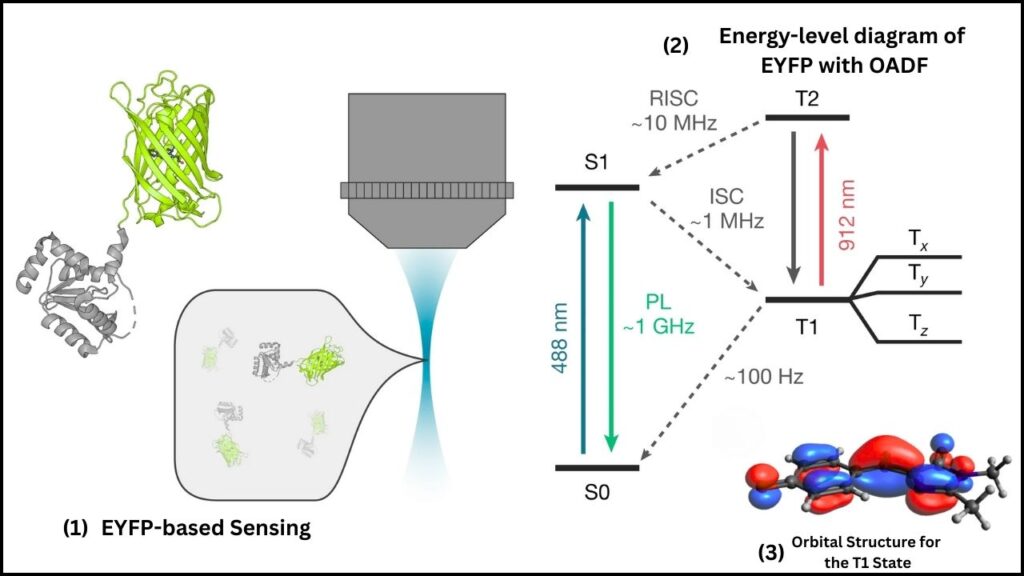
Why Proteins?
Proteins carry out most biological functions in living organisms; they fold into precise shapes to perform roles like catalyzing reactions and signaling. Scientists at the UChicago Pritzker School ingeniously turned a commonly used fluorescent protein into a spin qubit—a qubit that encodes information in the spin of electrons.
Unlike engineered quantum materials needing extreme isolation and cooling, this protein qubit works naturally inside living cells at regular body temperatures. The cells construct these protein qubits with atomic-level accuracy, precisely positioning and controlling them through their natural molecular machinery.
How Was It Done?
The team engineered a fluorescent protein to adopt a quantum state readable by optical tools. This state allows the protein to detect tiny changes in its environment—think of it like a biological quantum sensor. This process took years of painstaking research, combining molecular biology, quantum physics, and materials science.
The researchers say their approach is novel: “Rather than taking a conventional quantum sensor and trying to camouflage it to enter a biological system, we wanted to explore the idea of using a biological system itself and developing it into a qubit,” says David Awschalom, a co-principal investigator.
Practical Implications and Applications
1. Quantum-Enabled Nanoscale MRI
Protein qubits could enable Magnetic Resonance Imaging (MRI) at an ultra-small scale inside living cells, revealing atomic details of cellular processes never seen before. This would allow scientists to observe how proteins fold, how enzymes work, or how early signs of diseases like cancer develop — all within the natural cellular environment.
2. Real-Time Quantum Biosensing
Because these protein qubits are genetically encoded, cells could produce them on their own, scattered throughout tissues. This creates possibilities for real-time monitoring of biological processes quantum mechanically, ushering in a new era of precision diagnostics and therapeutic tracking.
3. Advancing Quantum Biology and Technology
This discovery blurs the boundary between quantum physics and biology. It opens avenues for exploring quantum effects in living systems, potentially changing how we understand life itself on the microscopic quantum scale — a field known as quantum biology.
Moreover, protein qubits could inspire the development of new quantum materials and devices, combining biological self-assembly with quantum coherence for new technological capabilities.
Step-by-Step Guide: Understanding Protein Qubits
Step 1: Learn the Basics of Quantum Bits (Qubits)
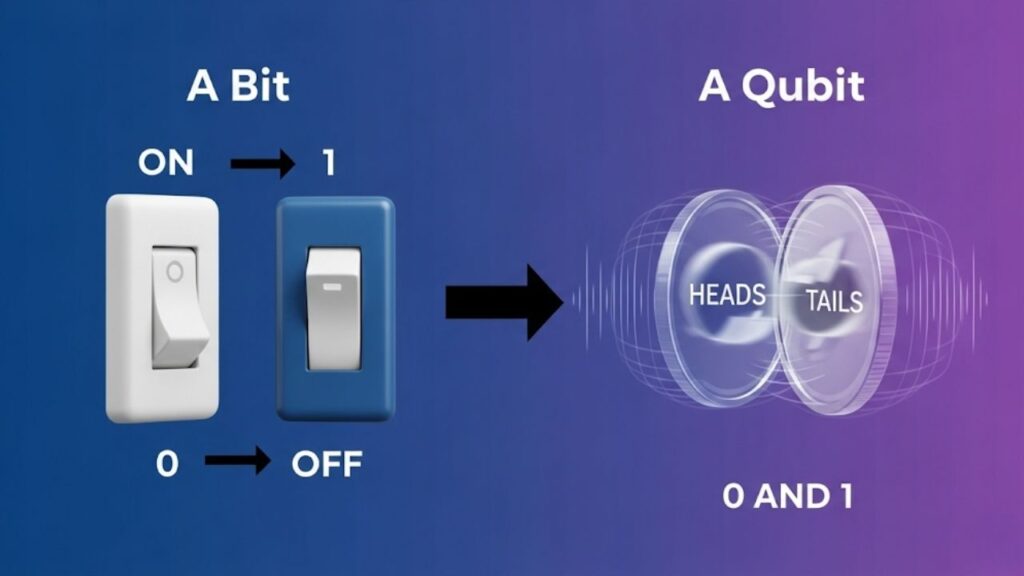
Understand that unlike classical bits, qubits can hold multiple states simultaneously through quantum superposition.
Step 2: Know the Challenges
Realize that qubits normally require ultra-low temperatures and an isolated environment, conditions very different from those in living cells.
Step 3: See the Innovation
Recognize that the key innovation is transforming a biological molecule — a fluorescent protein — into a qubit that operates in the cell’s natural warm and noisy environment.
Step 4: Understand Genetic Encoding
Know that this qubit can be built by the cell itself, encoded in its DNA, which controls where and how these quantum sensors are made precisely within the cell.
Step 5: Recognize the Applications
Appreciate the wide-ranging uses such as nanoscale imaging, disease monitoring, and new material science that stem from this new type of biological quantum sensor.\
Quantum Multimode Encoding Breakthrough Promises Higher Data Density and Efficiency
Russian Scientists Create Ultra‑Precise Sub‑Ångström Tech for Quantum Chips of Tomorrow
MIT Demonstrates Quantum Simulator with Adjustable Synthetic Magnetic Fields
FAQs About Scientists Create First-Ever Protein Qubit Inside a Living Cell
Q1: What makes protein qubits different from traditional quantum bits?
Protein qubits operate at normal biological temperatures inside living cells, whereas traditional qubits often need ultra-cold, isolated environments. They are also genetically encoded and positioned with atomic precision inside cells.
Q2: How could protein qubits impact medicine?
They could allow earlier disease detection through quantum sensing inside living tissues and provide unprecedented nanoscale imaging of biological processes.
Q3: Do protein qubits replace classical computers?
No, protein qubits mainly serve as quantum sensors and potentially assist quantum computing in future hybrid biological-quantum systems but will not replace classical computing.
Q4: Is this technology ready for commercial use?
Currently, this is early-stage research. While promising, practical applications and devices based on protein qubits will require further development.
Q5: Can other proteins be turned into qubits?
Yes, researchers believe this platform could be expanded to include various fluorescent proteins and possibly other biomolecules, broadening quantum sensing capabilities.

